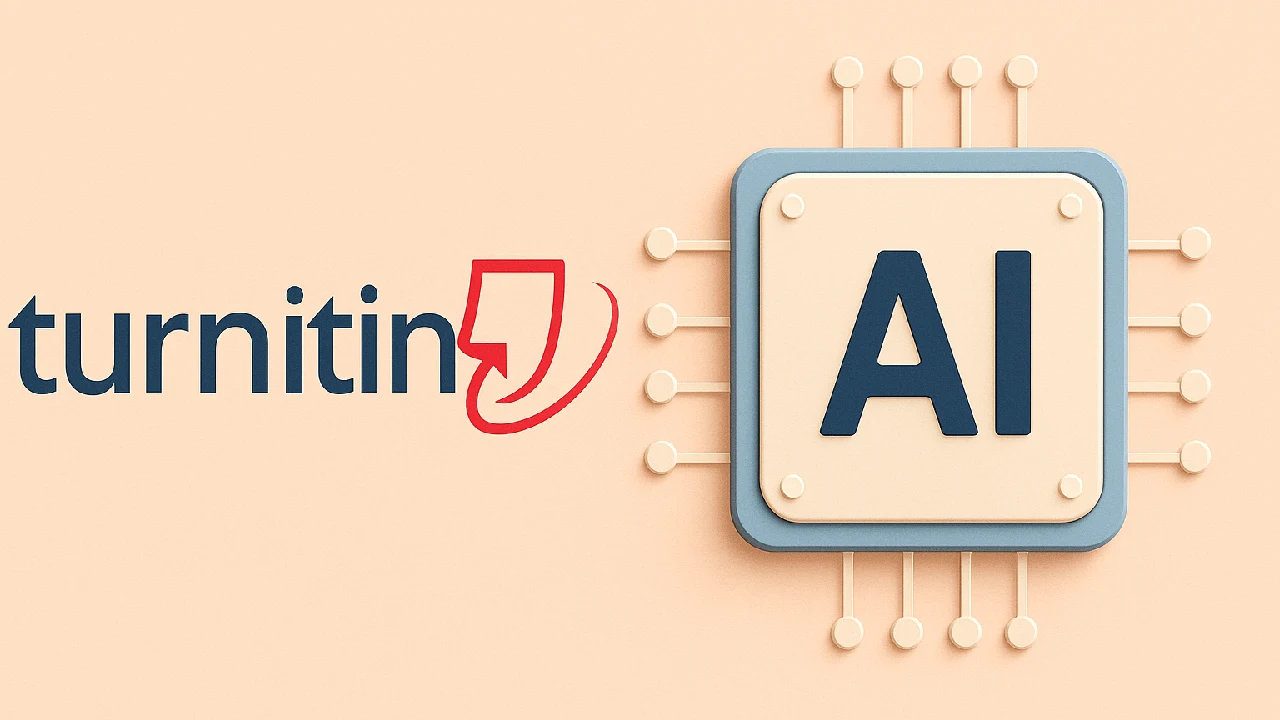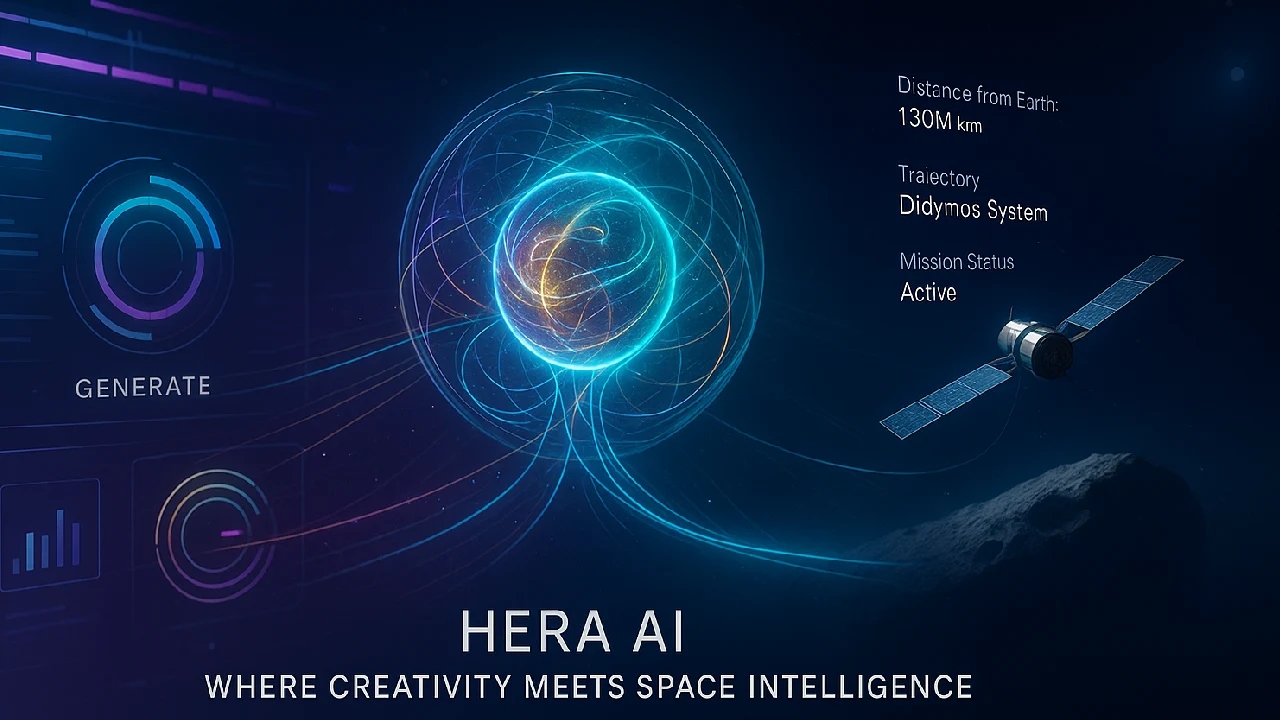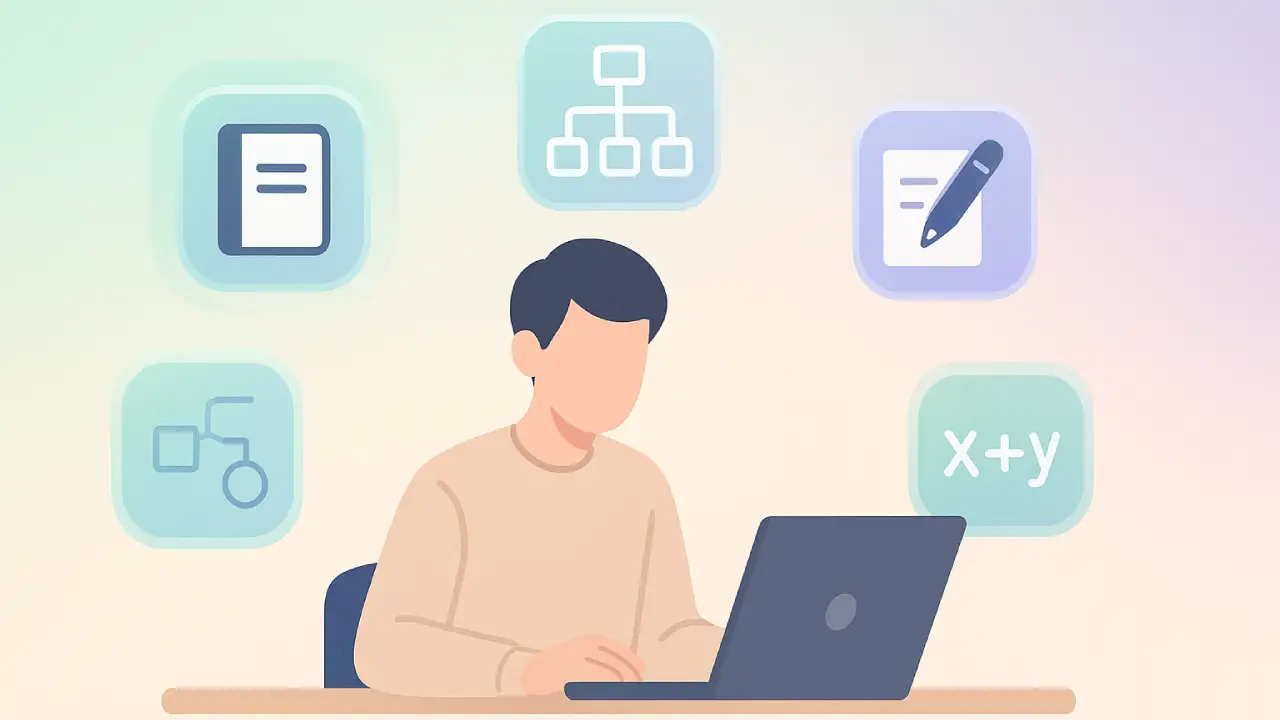Turnitin AI Detection assists instructors in flagging AI-written or paraphrased work, but false positives and accuracy difficulties indicate that it should support not replace human judgment.

Turnitin AI detection is a tool introduced in April 2023 to assist educators in identifying AI-generated or AI-paraphrased content in student submissions. It is included into the Similarity Report and claims to detect ChatGPT-style writing patterns. But how does it actually operate, and can teachers trust the results? Let’s look at its features, workflow, and real-world limits.
What is Turnitin AI Detection
Turnitin AI writing detection tool is designed to spot two things:
- AI-generated text (direct outputs from ChatGPT, GPT-3, GPT-3.5, or GPT-4).
- AI-paraphrased text (machine-written passages altered by paraphrasing tools).
It works alongside plagiarism detection but does not affect the Similarity Score. Instead, it acts as an additional indicator in the Similarity Report, giving instructors another lens to assess originality.
How Turnitin AI Works Behind the Scenes
Turnitin AI doesn’t analyze entire essays at once. Instead, it:
- Splits documents into segments (few hundred words).
- Scores each segment using proprietary AI models (0 = human, 1 = AI).
- Aggregates an AI percentage showing what proportion of the document may be AI-written.
- Checks for AI language traits, such as predictable sentence structures, repetitive phrasing, and uniform sentence lengths.
Only documents longer than 300 words are eligible, and Turnitin labels papers as AI-generated when more than 20% of the sentences exceed the AI criterion.
Understanding the AI Report
Turnitin AI uses color codes to make results simple:
- Blue (20–100%) → AI strongly detected.
- Blue + asterisk (1–19%) → Low confidence, should be treated cautiously.
- Gray (–%) → Unprocessed due to file or format issues.
- Error (!) → Technical failure, resubmission required.
This AI percentage is purely advisory it does not affect plagiarism scoring.
Models and Training Data
Transformer-based deep learning models serve as the foundation for Turnitin’s technology.
- AIW-1 and AIW-2: Identify AI-generated and paraphrased content.
- AIR-1: Focuses specifically on paraphrasing traces.
To eliminate bias, the models were trained on 20 years of academic literature, which included a varied sample of native and non-native English speakers.
Accuracy and Limitations
Turnitin initially claimed 85% accuracy with a 1-4% false positive rate, however real-world tests have produced inconsistent results.
- Independent studies found most detectors scored below 80% accuracy.
- Washington Post reported false positives up to 50%.
- A July 2023 paper showed AI detectors wrongly flagged 61% of non-native English essays.
- Adversarial techniques—like paraphrasing with Quillbot or Undetectable.ai—can reduce detection accuracy from 91% to 27%.
These findings highlight a fundamental issue: AI detectors are inconsistent and may unfairly penalize particular student groups.
Why It Matters for Students and Educators
For teachers, Turnitin’s AI detection provides a useful signal but not proof. False positives can harm trust, especially for international students or those with structured writing styles. Universities like Cambridge and the University of Texas at Austin have opted out, citing fairness and reliability concerns.
The Office of the Independent Adjudicator (OIA) in the UK has even overturned cases where students were accused solely based on AI detection reports.
The safest approach? Educators should use AI flags as conversation starters, not as final evidence. Context such as a student’s past work, performance, and style remains vital.
Final Take
Turnitin’s AI detection technology is effective but flawed. It can flag suspect passages and provide insights into prospective AI applications, but its findings should be regarded with caution. As AI grows, so must detectors and educators will need to strike a balance between technology and human judgment to ensure academic fairness.







